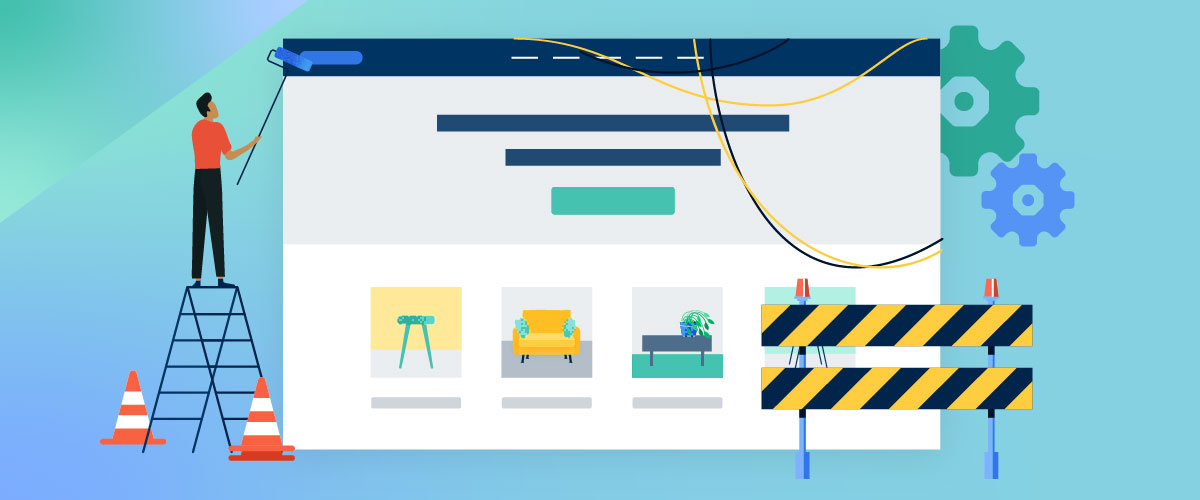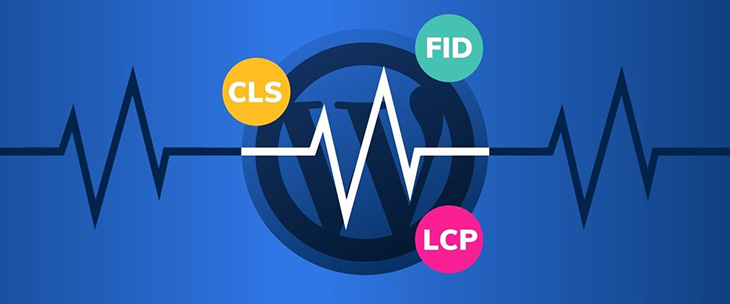Companies are starting to put more emphasis than ever on the functionality and appearance of their websites because customers increasingly expect businesses to have high-quality sites. If your business is ready for a website but you don’t know where to start, check out our guide to website design standards and best practices.
Pick the Right Platform
When you’re building a website, it’s crucial to use the right platform for your site’s goals and purpose. The platform on which you build your site makes an enormous difference in how it performs. At Logical Position, we mainly use two platforms:
WordPress
WordPress began as a blogging website and grew into one of the most renowned website design platforms available. We prefer WordPress for any advanced packages and all e-commerce websites. Some advantages of WordPress are:
- It’s the standard content management system (CMS).
- It’s easy to work with, so you can edit your site comfortably.
- It can connect to a shipping platform for e-commerce functionality.
Duda
Duda is a platform Logical Position likes to use for our small business website product packages. We began using it when Google recommended it to us in 2016. Many features have changed since then, but it’s still a fast and reliable website-building platform. Here are some things we love about Duda:
- It’s known for its fast page speeds.
- It’s an easy-to-use drag-and-drop platform.
- It has built-in analytics and allows the addition of Google Analytics code.
Keep a Central Goal in Mind
When you’re designing a website, you should have a central goal in mind. The website’s design should aim to serve that goal. Most of the common goals of business websites are to inspire engagement. Here are a few examples of clearly defined goals:
- Get users to make a phone call.
- Get users to fill out a form.
- Get users to visit a specific page.
Having a clearly defined central goal in mind while you’re designing your website allows you to tailor the landing pages to include clear, concise calls-to-action for users.
Focus on the User
Users are the central focus of a website. If a website takes thought and effort to navigate, most people will click away and never revisit the site. Designing your website with user functionality and experience in mind is great for conversions, as customers don’t need to think to navigate the site. A bonus advantage is that Google considers websites’ user-friendliness when deciding on rankings. In fact, your website should be so easy to navigate that even a website designer doesn’t have to think about the site’s design.
For all your website design needs, contact Logical Position. We specialize in small business website development, and we have the tools and expertise your company needs to succeed online.




